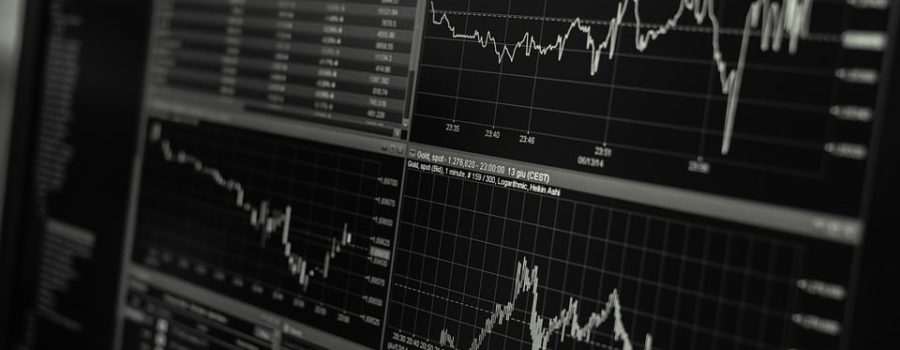In our latest monthly investment update for July 2017, we look at how the investment markets, global economy and commodity prices are performing.
The FTSE 100 index of leading UK company shares finished June at 7,312.72, falling by 231.05 points or 3.06% during the month.
The shock result of the UK general election ending with a hung parliament added further uncertainty to the Brexit negotiations which saw the pound fall over 1.5% against the dollar.
The uplift in FSTE 100 companies US denominated earnings as a result of the Sterling weakening was not sufficient to offset the fall in the index that came about as a result of this continuing political uncertainty.
Governor of the Bank of England, Mark Carney’s comments in June have caused some confusion. In mid-June he commented in relation to interest rates that “now is not yet the time” before saying on the 28th June at a European Central Bank forum in Portugal that “some removal of monetary stimulus is likely to become necessary”.
This has widely been interpreted as an indication that the UK may see an interest rate rise sooner than previously thought.
The reaction from the currency market was a sharp jump in the pound with Sterling ending June at £1.30 versus the dollar.
Official Eurostat statistics issued in June for GDP saw the euro area grow by 0.6% quarter on quarter and 1.9% in the first quarter of 2017 from the first quarter of 2016.
The UK recorded a higher than average 2% growth from the first quarter of 2016 to the first quarter of 2017 but had the lowest quarter on quarter growth of all EU member states indicating that growth has slowed in the first part of 2017.
The slowdown in UK growth ties in with the manufacturing sector data released on the IHS Markit/CIPS UK manufacturing Purchasing Managers’ Index (PMI) which saw UK Manufacturing PMI fall to 54.3 in June, down from 56.7 in May.
After stronger expansion numbers in April and May of 57.3 and 56.7 respectively, June’s numbers are the lowest in three months.
Rob Dobson, Senior Economist at IHS Markit believes the trend will continue commentating that “further doubts are raised as to whether this performance can be sustained into the second half of the year”.
In the US, the Commerce Department revised up the annualised 2017 first quarter GDP from 1.2% to 1.4% to show stronger than previously estimated growth.
However, despite the stronger than previously reported growth, in June the International Monetary Fund (IMF) cut its forecast for US growth from 2.3% to 2.1% in 2017 and from 2.5% to 2.1% in 2018, a full 0.9% below the GDP growth target set by President Trump for 2017.
The IMF states that with unemployment at near full levels, an ageing population and low productivity the target of 3% will prove challenging.
The Federal Open Market Committee increased interest rates by a quarter of a percent in June for the second time in 2017 taking the official rate to 1.25%, despite core inflation of 1.7% remaining below the Fed’s target of 2%.
The Fed has been criticised for increase rates despite the continuing low level of inflation with chief economist at Stifel Nicolaus, Lindsay Piegza commenting that “A continued decline in inflation further undermines the Fed’s decision to raise rates in June, as well as the consensus expectations for at least one additional rate hike this year”.
UK house prices rose for the first time in four months with the average price of a house in the UK standing at £211,301, a rise of 1.1% from May.
It pushed the annual rate of growth up to 3.1% from 2.1% in May. This increase disguises regional variations with London suffering its slowest growth in 5 years with annualised price growth of 1.2%.
Robert Gardner, Nationwide’s chief economist, puts this decreased growth in London down to a number of factors including lack of affordability and weaker demand from buy-to-let investors because of higher stamp duty charges.
The Consumer Price Index (CPI) has increased further with data released by the Office for National Statistics showing that CPI was at 2.9% in May, up from 2.7% in April.
Clothing, food prices and the weak pound were cited by the ONS as the main contributors to the rise. Foreign holidays, computer games and other imported goods were made effectively more expensive by the weak pound throughout most of June.
The benchmark 10 year UK Gilt yield stands at 1.260% at the start of July, rising sharply at the end of June as a result of Mark Carney’s hint at an interest rate rise.
£1 buys $1.2946 or €1.1385. The Forex Gold Index is $1,242.25/oz and the Silver Index is $16.48/oz. Brent Crude Oil Spot is currently $50.29/barrel.

